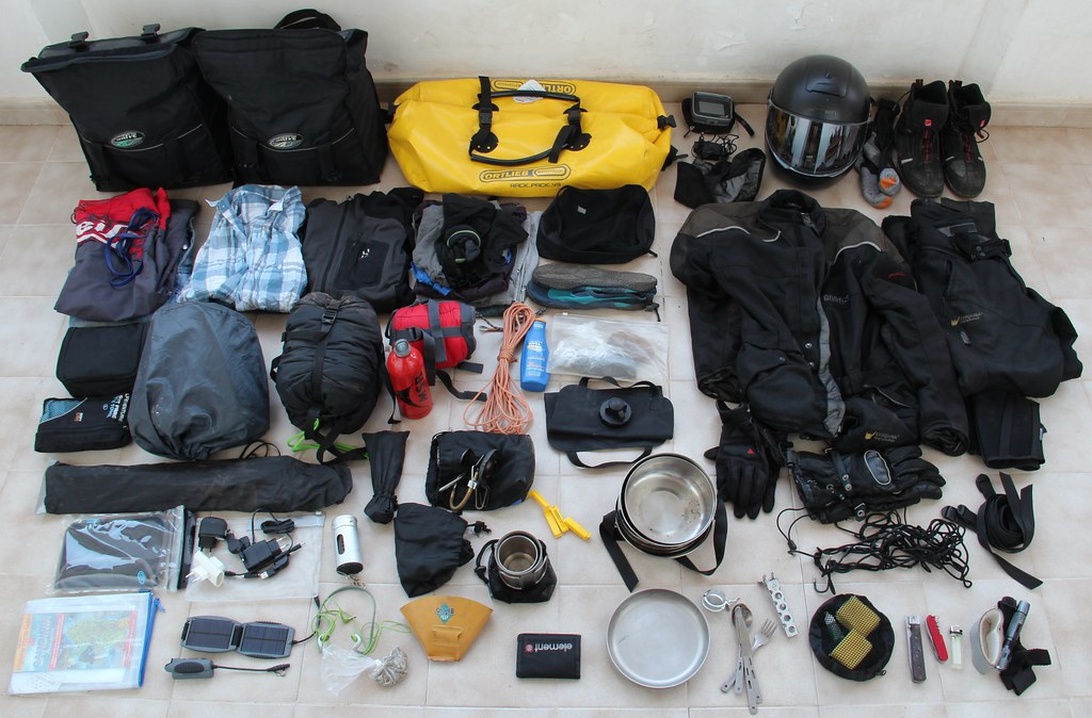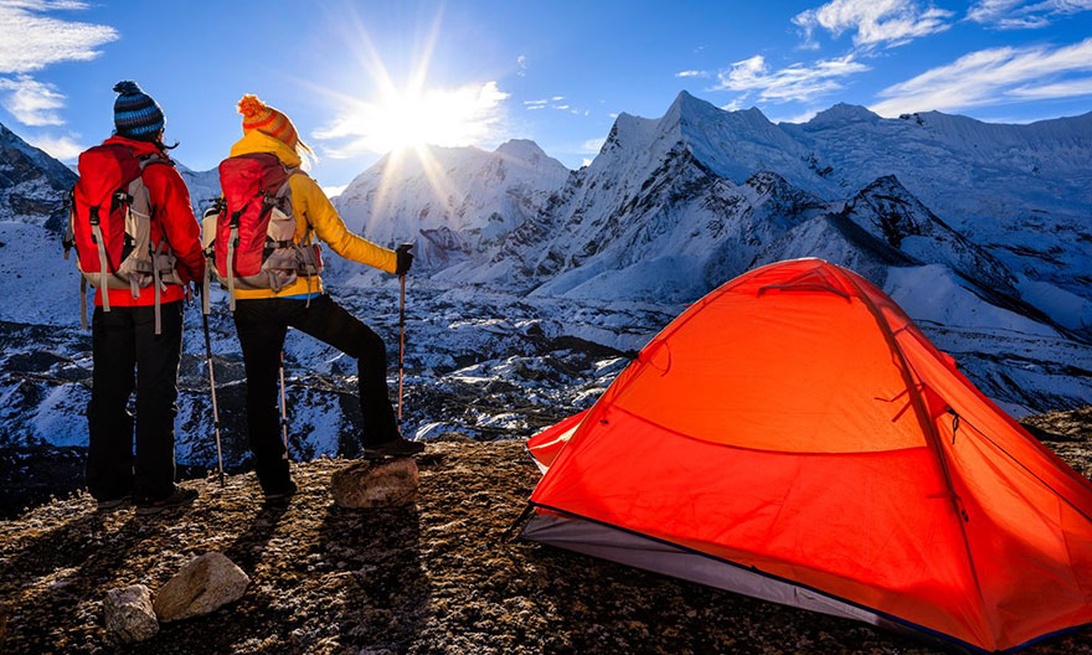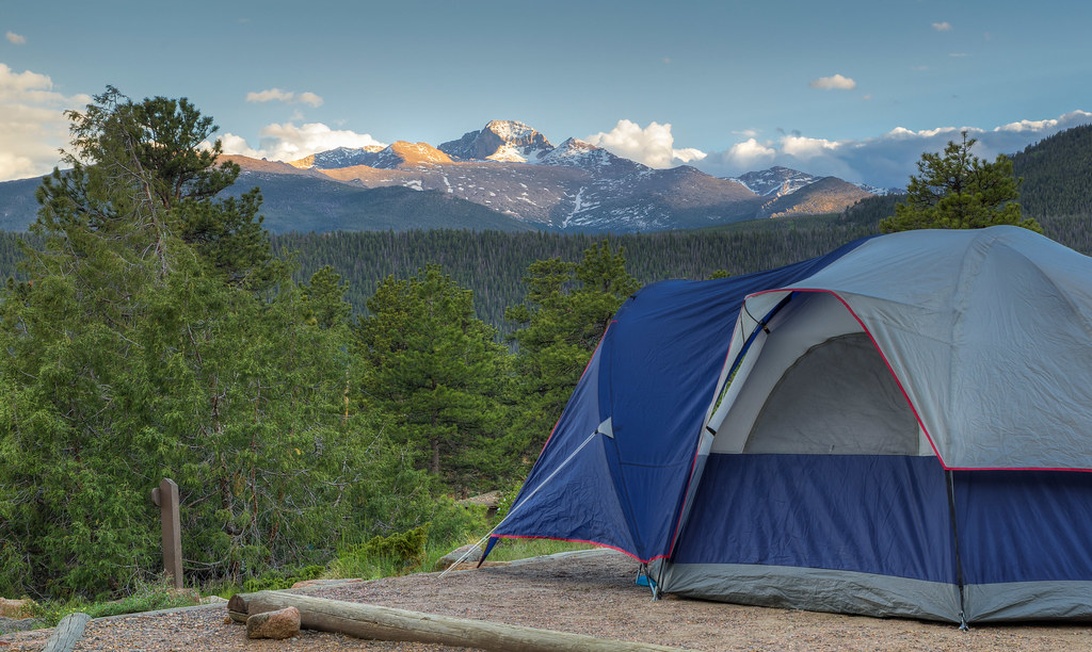How Digital Tools and Intranet Systems Can Enhance Camping Trip Organization
Hey fellow campers! For years, I’ve relied on dog-eared maps, hastily scribbled packing lists, and the collective memory of my camping crew. And while there’s a certain charm to that old-school approach, I’ve also come to embrace the incredible ways technology can smooth out the wrinkles in planning and executing our beloved outdoor adventures. It’s not about replacing the magic of nature with screens, but about using smart tools to free up more time and mental space to actually enjoy that magic. From sophisticated apps to the surprisingly useful concept of private digital hubs for group coordination, the digital world offers a treasure trove for campers looking to enhance their trip organization. Many successful companies choose to explore how an effective intranet site leveraging its key features can significantly improve their internal processes, and similar principles can be adapted for our camping adventures.
The Digital Pre-Trip Command Center: Planning with Precision
Gone are the days of spending hours sifting through outdated guidebooks or making endless phone calls to check campsite availability. Today, the planning phase of a camping trip can be a remarkably streamlined process, thanks to a plethora of digital resources. I’ve found platforms like Freeontour, from the Erwin Hymer Group, to be invaluable. It’s more than just a list of campsites; it’s a comprehensive portal offering route planning tools, access to over 30,000 campsites and pitches across Europe (some with real-time availability and online booking!), and a vibrant community sharing tips and inspiration. Imagine crafting your entire itinerary, discovering hidden gems, and securing your spot, all from one central hub. Similarly, integrated platforms are emerging that combine inspiring content, mapping tools, and booking technology, aiming to create what Outside Inc. envisions for an adventure travel platform. These tools help with everything from discovering potential destinations to booking accommodations and local activities, truly simplifying the organizational maze.
Shared Spaces for Seamless Group Coordination
When camping with family or a group, coordination can be the trickiest part. This is where the concept of a private, shared digital space, almost like a mini hub for your camping crew, comes into its own. For small groups, this could be as simple as using a shared cloud folder for documents and packing lists, a dedicated group chat for real-time updates, and a collaborative online list or spreadsheet for gear assignments and meal planning. Think shared documents for packing lists, collaborative route planning, and a central place for important information like emergency contacts or dietary restrictions. Even services like Camping.tools, an online camping journal, offer features that lean towards this by allowing private sharing of trip details and media with select friends and family, creating an organized, accessible record of your adventures.
Essential Tech Prep for a Smooth Journey
Before you even pack the car, a solid digital prep routine is key. This includes ensuring your smartphone is fully charged, all necessary apps (survival guides, navigation, first aid) are updated, and, crucially, offline maps and data for your destination are downloaded. This preparation is often highlighted in guides for outdoor survival tech, emphasizing the need for a ‘tech prep checklist’. Don’t forget extra power sources like power banks or solar chargers! As the image below illustrates, a well-organized flat lay of your gear, including all your tech accessories like navigation devices and chargers, can be a great visual checklist to ensure nothing critical is left behind. This kind of meticulous preparation, which can include laying out bags, clothing, electronic devices, and even a helmet as shown, is a hallmark of well-organized adventures.

A meticulous flat lay of camping equipment, including general supplies like clothing and bags alongside technological essentials such as navigation devices and other gadgets, is a great way to organize and ensure all critical gear is packed.
On-the-Trail Tech: Navigating, Communicating, and Staying Safe
Navigation and Communication Devices
Once you’re out there, digital tools shift from planning aids to indispensable companions for navigation, communication, and safety. I’ve personally found that my smartphone, when properly equipped, can often provide navigation capabilities that, as noted by resources like Adventure Alan, can rival or even surpass conventional GPS units, especially when using apps with offline map capabilities. However, for remote areas with unreliable cell service, dedicated GPS devices with satellite connectivity, like the Garmin inReach series mentioned in articles about essential tech accessories for outdoor adventures, are lifesavers. These allow for two-way messaging, location sharing, and SOS alerts, providing immense peace of mind, particularly if you’re venturing solo or into challenging terrain like the high-altitude mountain settings depicted below where advanced gear is paramount. Modern tech for today’s explorer also includes advanced walkie-talkies with impressive range for group communication and personal locator beacons that can send distress signals globally, ensuring you can call for help even from the most remote locations. You can see how hikers in the image below are well-equipped with modern gear, including insulated jackets and backpacks, essential for such environments.

In demanding high-altitude environments with snow-capped peaks, modern hikers rely on advanced technical gear, including bright colored insulated jackets, specialized backpacks, and essential communication devices, alongside robust tents like the orange one pictured, showcasing contemporary camping technology.
Smart Wearables and Power Management
Smart wearables, like GPS-enabled smartwatches, are also becoming increasingly sophisticated. They can track your route, monitor vital signs, remind you to hydrate, and even feature SOS capabilities, as noted in analyses of technologies enhancing outdoor adventures. These devices can act as personal assistants, offering reminders for hydration and breaks, crucial for maintaining well-being on the trail. Of course, all this tech is useless without power. Portable solar chargers and high-capacity power banks are no longer luxuries but essentials for keeping your devices running throughout your trip. And speaking of essentials, a good headlamp is crucial for hands-free illumination around camp. Proper preparation also involves protecting your gear; a robust, waterproof phone case is a small investment that can save a lot of heartache. Remember to actively manage battery life by closing unnecessary apps and using airplane mode when possible to conserve power.
Enhancing the Campsite Experience and Capturing Memories Digitally
Streamlining Campsite Operations and Access
Technology isn’t just about the journey; it’s also transforming the destination. We’re seeing innovative approaches like First Camp’s digital camping initiative, where guests can handle everything from booking and check-in to accessing service buildings and cabins via their mobile phones. This offers incredible flexibility, allowing you to arrive and get settled on your own schedule. Such digital guest flows make the camping experience smoother and more adaptable to individual needs, especially for those who prefer a self-service model. Technology not only helps in planning and safety but also frees up time and reduces stress, allowing campers to fully immerse themselves in beautiful surroundings, like the serene mountain scene shown next, where efficient planning allows for maximum enjoyment of the natural beauty.

With planning streamlined by digital tools, campers can fully immerse themselves in the natural beauty of settings like this mountain clearing, where a blue and gray tent is pitched against a backdrop of dramatic peaks.
Enriching Your Stay and Preserving Memories
Beyond logistics, tech can enrich your time at the campsite. Smartphones equipped with specialized apps can act as interactive nature guides, helping identify plants, birdsong, or even constellations. Augmented reality features can overlay information onto your view of the landscape, deepening your connection with the environment. When it comes to campsite comfort, solar-powered lanterns are fantastic because they’re lightweight, collapsible, and provide ample light, some even capable of charging your phone. And while the goal is often to disconnect, having an e-reader for quiet evenings or a compact wireless speaker for a bit of music (played respectfully, of course!) can add to the enjoyment. After the tents are packed away, digital tools continue to serve by helping organize your precious memories. Instead of photos languishing on a memory card, platforms designed as online camping journals allow you to link photos, videos, and notes directly to specific trips, creating a rich, easily accessible archive of your adventures. This organized approach ensures those memories are preserved and can be easily revisited or shared.
The Evolving Campscape: Weaving Tech into Future Adventures
The integration of digital tools into camping is undeniably making our trips safer, more efficient, and often more enriching. It’s a fascinating evolution, and I believe the key is to be intentional about how we use these technologies. The aim should always be to support the core experience of connecting with nature, family, and friends, not to let screens become a barrier. There are even sustainability benefits, with solar-powered gadgets reducing reliance on disposable batteries and GPS tracking potentially helping manage visitor flow in sensitive natural areas. As these tools become even more sophisticated and user-friendly, they’ll undoubtedly continue to shape how we organize and experience the great outdoors. The trick, as always, is to pack wisely, considering both our physical gear and our digital toolkit, ensuring that technology serves our adventure, rather than the other way around. Happy, and smartly organized, camping!
